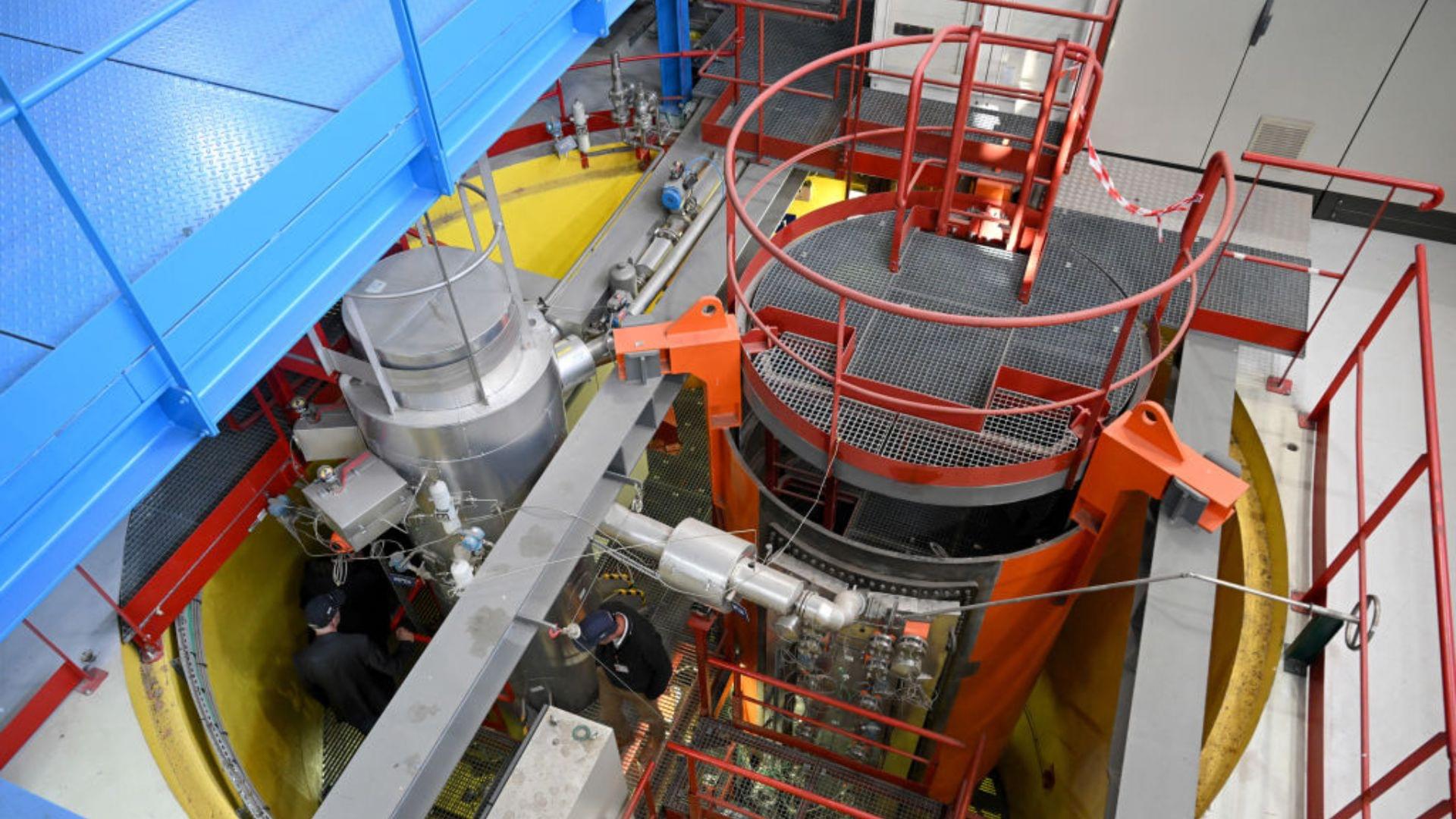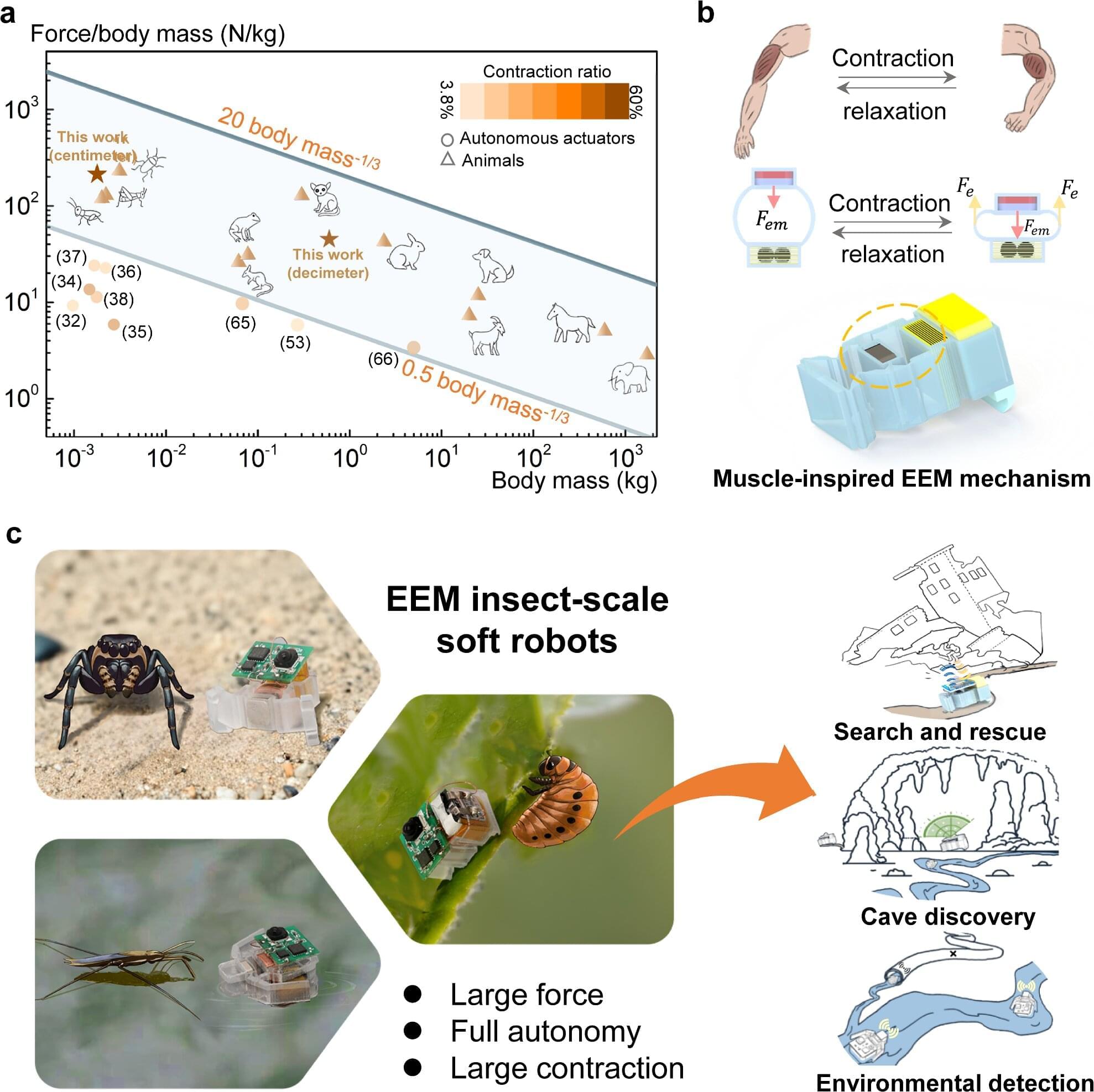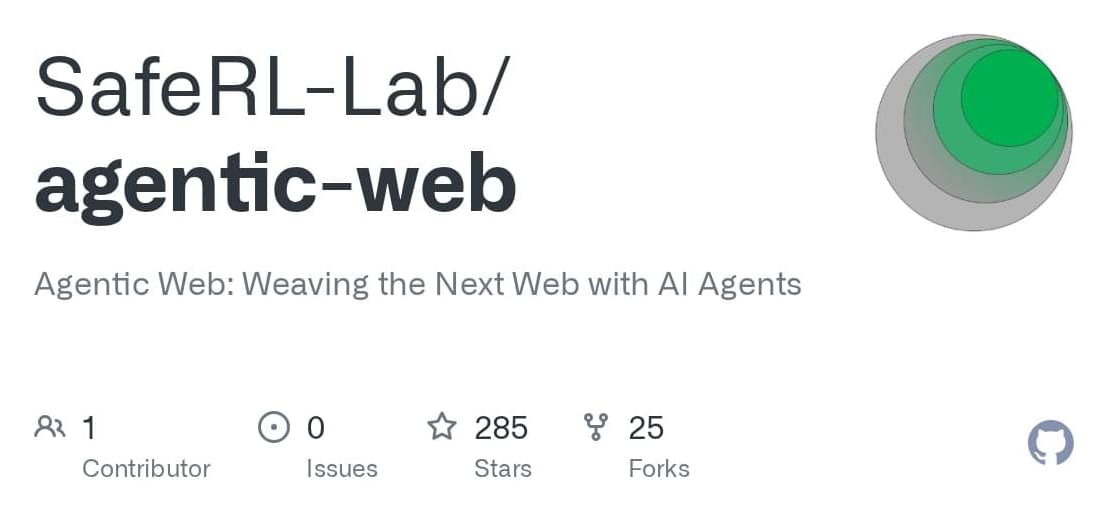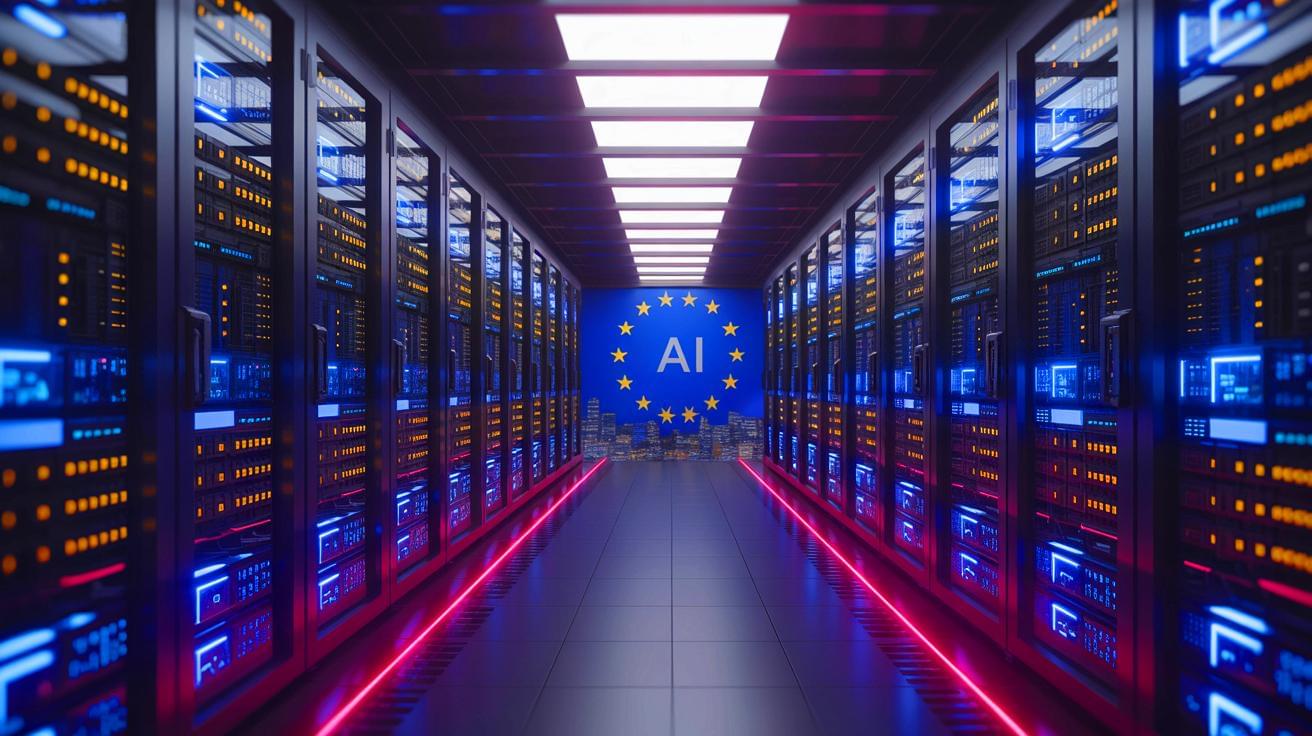Rolls-Royce boss says nuclear-powered AI could make it UK’s top company: Report.
Explore how Rolls-Royce aims to become the UK’s most valuable company through nuclear-powered artificial intelligence.


A study published in Nature Biotechnology reveals a powerful new use for artificial intelligence: designing small, drug-like molecules that can stick to and break down harmful proteins in the body — even when scientists don’t know what those proteins look like. The breakthrough could lead to new treatments for diseases that have long resisted traditional drug development, including certain cancers, brain disorders, and viral infections.
The study was published on August 13, 2025 by a multi-institutional team of researchers from McMaster University, Duke University, and Cornell University. The AI tool, called PepMLM, is based on an algorithm originally built to understand human language and used in chatbots, but was trained to understand the “language” of proteins.
In 2024, the Nobel Prize in Chemistry was awarded to researchers at Google DeepMind for developing AlphaFold, an AI system that predicts the 3D structure of proteins – a major advance in drug discovery. But many disease-related proteins, including those involved in cancer and neurodegeneration, don’t have stable structures. That’s where PepMLM takes a different approach – instead of relying on structure, the tool uses only the protein’s sequence to design peptide drugs. This makes it possible to target a much broader range of disease proteins, including those that were previously considered “undruggable.”

Sam Altman, CEO of OpenAI, appeared at a Federal Reserve event on July 22 and outlined three “scary categories” of how advanced artificial intelligence could threaten society.
The first two scenarios — a bad actor using artificial intelligence for malfeasance and a rogue AI taking over the world — were accompanied by the insistence that people were working to prevent them. However, Mr. Altman offered no such comfort with the third scenario, the one that seemed to trouble him most.
He described a future where AI systems become “so ingrained in society … [that we] can’t really understand what they’re doing, but we do kind of have to rely on them. And even without a drop of malevolence from anyone, society can just veer off in a sort of strange direction.”

Science frequently draws inspiration from the natural world. After all, nature has had billions of years to perfect its systems and processes. Taking their cue from mollusk catch muscles, researchers have developed a low-voltage, muscle-like actuator that can help insect-scale soft robots to crawl, swim and jump autonomously in real-world settings. Their work solves a long-standing challenge in soft robotics: enabling tiny robots to move on their own without sacrificing power or precision.
Muscles are soft tissues that work by contracting and relaxing to cause movement. Insect muscles are particularly good at this because they are incredibly powerful for their small size. Similarly, actuators are devices that convert mechanical energy into motion.
However, when it comes to robotics, creating tiny, powerful actuators that move with the same agility, precision and resilience as a biological muscle has proved challenging. What’s more, the rigid motors in current robotic systems are difficult to scale down because they easily break.



A public‑private partnership between Commonwealth Fusion Systems (CFS), the U.S. Department of Energy’s (DOE) Princeton Plasma Physics Laboratory (PPPL) and Oak Ridge National Laboratory has led to a new artificial intelligence (AI) approach that is faster at finding what’s known as “magnetic shadows” in a fusion vessel: safe havens protected from the intense heat of the plasma.
Known as HEAT‑ML, the new AI could lay the foundation for software that significantly speeds up the design of future fusion systems. Such software could also enable good decision‑making during fusion operations by adjusting the plasma so that potential problems are thwarted before they start.
“This research shows that you can take an existing code and create an AI surrogate that will speed up your ability to get useful answers, and it opens up interesting avenues in terms of control and scenario planning,” said Michael Churchill, co‑author of a paper in Fusion Engineering and Design about HEAT‑ML and head of digital engineering at PPPL.


IN A NUTSHELL 💡 The European Union plans to invest $30 billion to establish a network of high-capacity AI data centers. 🌍 This initiative aims to enhance the EU’s global standing in the artificial intelligence market. ⚙️ The project involves the development of gigawatt-scale data centers to support millions of AI GPUs. 🔌 Challenges include

Researchers have demonstrated that brain cells learn faster and carry out complex networking more effectively than machine learning by comparing how both a Synthetic Biological Intelligence (SBI) system known as “DishBrain” and state-of-the-art RL (reinforcement learning) algorithms react to certain stimuli.
The study, “Dynamic Network Plasticity and Sample Efficiency in Biological Neural Cultures: A Comparative Study with Deep Reinforcement Learning,” published in Cyborg and Bionic Systems, is the first known of its kind.
The research was led by Cortical Labs, the Melbourne-based startup which created the world’s first commercial biological computer, the CL1. The CL1, through which the research was conducted, fuses lab-cultivated neurons from human stem cells with hard silicon to create a more advanced and sustainable form of AI, known as SBI.